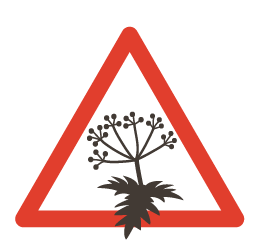Small Indian mongoose (Small Asian mongoose) – Herpestes javanicus
- Overview
- Images
- Identify
- Biology
- Taxonomy
- Occurrence
- Specimen
- Invasive alien species

Description
Small Indian mongoose is an omnivorous predator of small vertebrates and invertebrates, and digs insects out of the soil with its long claws. In addition to its varied animal diet, it feeds on plant material such as fruit. The small Indian mongoose is a solitary animal that uses burrows as nests and resting places. It is mostly active during the day, is terrestrial, and climbs rarely. It breeds two (sometimes three) times per year, having an average litter size being three. It may breed for the first time at the age of one year. The small Indian mongoose is highly adaptable and manages in a variety of habitats. It particularly favours open humid deciduous forests, scrub, grasslands and riparian habitats and is also found in suburban areas.
Description text authors:
Kaarina Kauhala (Luke) – updated 15.3.2016.
The map represents observations of this taxon, but it may not be used as a distribution map.
- Total squares
- pikkumungo (Finnish)
- javanesisk mungo (Swedish)
- Small Indian mongoose (English)

| Establishment | Does not occur in Finland |
|---|
Invasive alien species of Union concern (EU 2016/1141; 2017/1263; 2019/1262; 2022/1203) ?
- Mammals